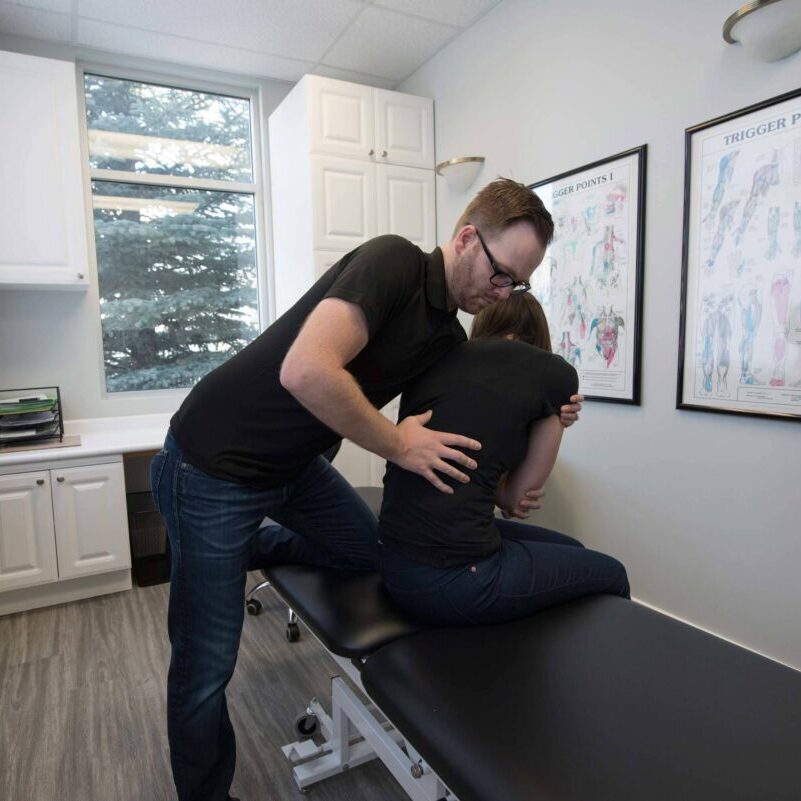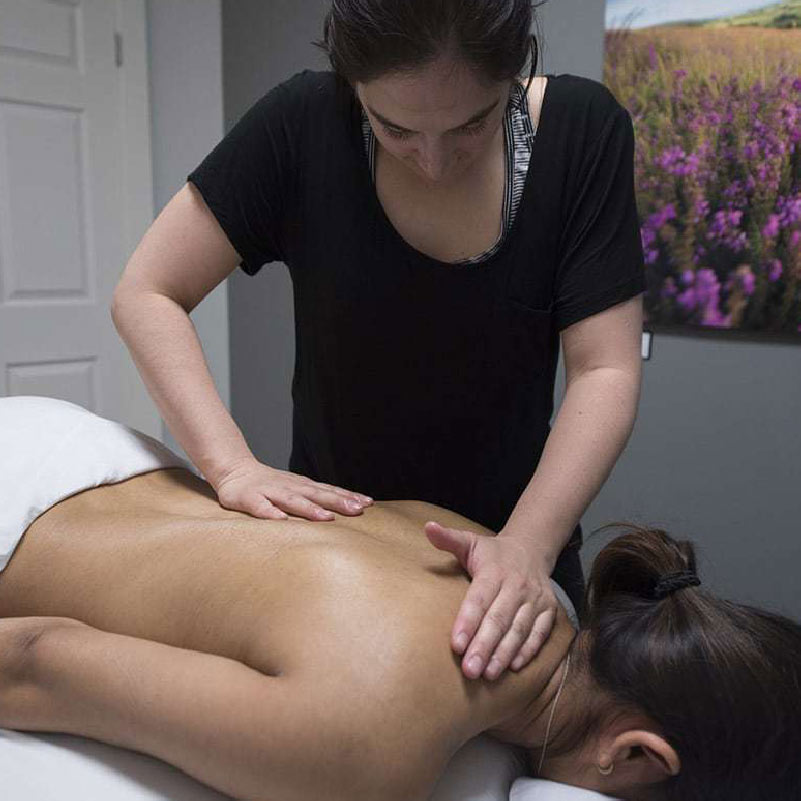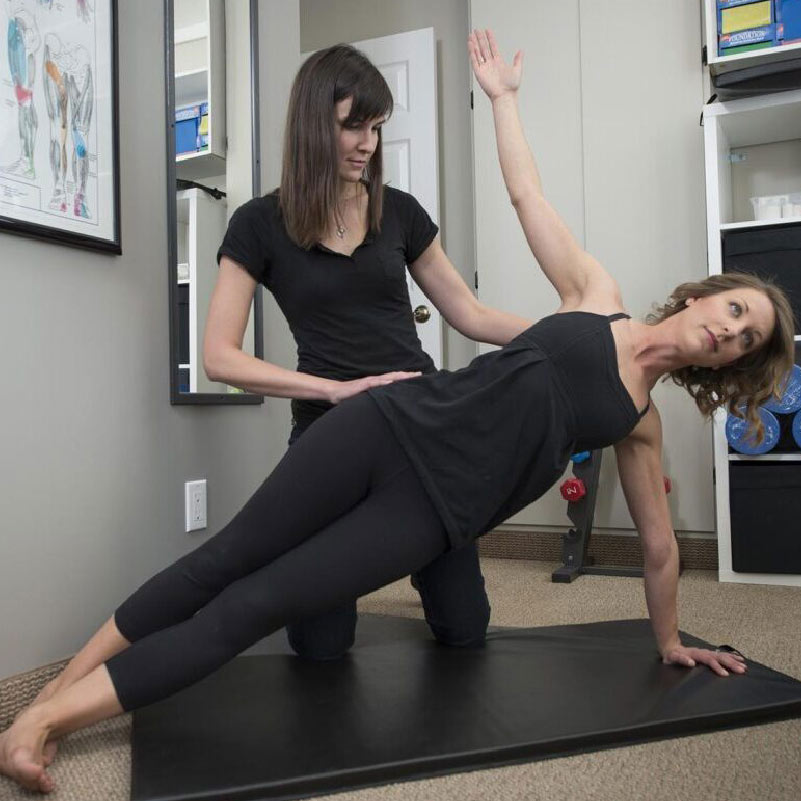Injection Therapy [Prolotherapy]
Regenerative injection therapy is an effective treatment for acute and chronic injuries and pain. This type of therapy consists of prolotherapy, perineural therapy and neural therapy. These different techniques target tendons, ligaments, nerves, trigger points, and scar tissue to heal the injury and treat pain. These injections stimulate the healing cascade, collagen remodelling, and reset normal nerve function.
Different injections differ by the solution used and the depth of the injection
Prolo Therapy:
Prolotherapy is the rehabilitation of an incomplete structure, such as a ligament or tendon, by inducing proliferation of new cells. It involves the injection of substances that stimulate the healing cascade and collagen remodelling.
Perineural Injection Therapy:
PIT targets chronic pain and tenderness due to inflammed or injured nerves. The application relieves pain instantly and with repeated treatment, treats neuropathic pain. Chronic nerve pain is often due to trauma, arthritis, sports, overuse, and surgical injuries. This technique targets sensory peptidergic nerves and restores the nerve cells action potential to normal function leading to the decrease and eventual elimination of pain
Neural Therapy:
Neural therapy includes trigger point injections and scar tissue mobilization by injection of solutions into these specific areas to restore fluidity in the tissues.
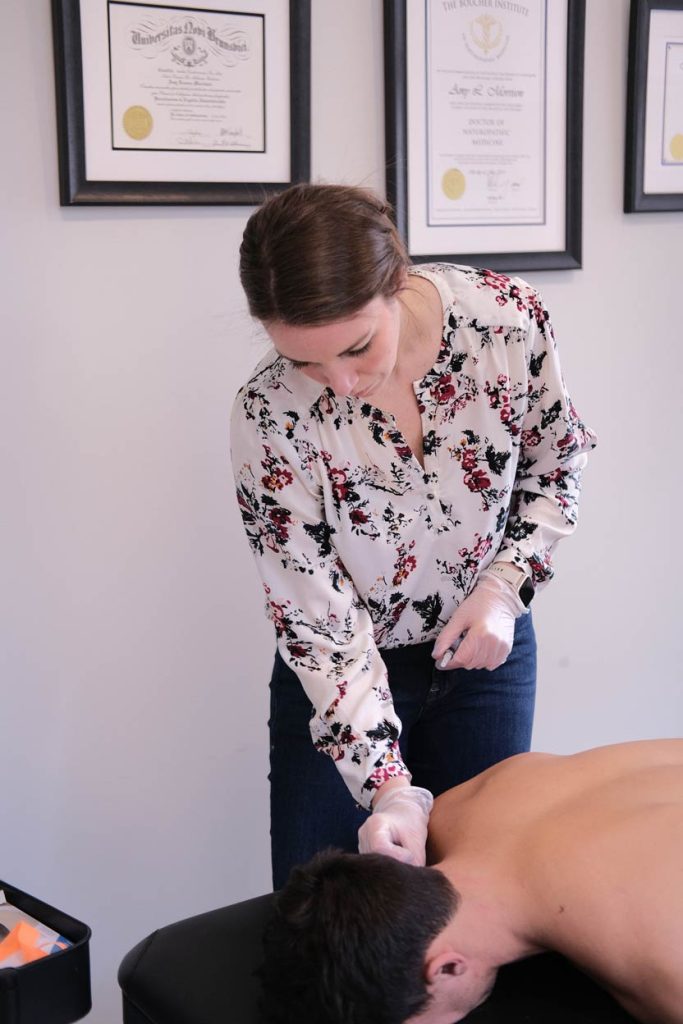
Conditions Treated by
Injection Therapy
Sports Injuries
Saddle pain is often caused by an improperly fitting or positioned saddle in relation to pelvic bones, but can also be caused by the way the body sits on the bike, or pelvic floor instability.
Sprains and Ligament Injuries
Hand and finger numbness/pain is a common complaint for riders who spend long periods on their bike. This is often caused by the way the rider is positioned on the bike putting excessive pressure on their hands. Additionally, the grips and handlebars are rarely positioned to line up with your unique arm, wrist, and hand structure when the bike is first purchased, which can put pressure on nerves in the hand, causing pain and numbness.
Golfer's and Tennis Elbow
Foot and toe numbness can occur due to improper shoe fit and insole support, as well as the way a rider’s foot is positioned on the pedals of the bike. Often riders will experience a burning sensation (also known as hotspots), and certain toes will lose feeling or develop “pins and needles”. Like hand and finger numbness/pain, this may also be due to excessive pressure being placed on the feet from improper positioning or support on the saddle.
Carpal Tunnel
Knee pain is common for cyclists due to the repetitive nature of pedalling. Often this occurs when a rider’s bike is forcing the knee into positions or movements that the knee does not have the mobility to deal with, or repeatedly causing an unnatural movement through the knee.
Back Pain
Neck and back pain while biking is often influenced by the position the rider is asked to hold on their bike, as well as immobility in other areas such as the hips causing compensatory movements from the neck and back to hold the riding position. If a rider is placed into a position that needs their neck and back muscles to hold themselves up, rather than being able to use on the deep spinal muscles in a more neutral back position, the neck and back muscles can become fatigued and painful.
Meniscal Tears
Bike fit and positioning are paramount to producing optimal performances on the bike. An optimal position will give the rider the greatest biomechanical advantage for both power and endurance over a ride, as well as reduce the rider’s pain on the bike. If a rider is in pain, they will not be able to perform their best. Additionally, aerodynamic drag accounts for 90% of the total resistance while cycling on flat terrain above 40km/h, and improving a rider’s position to reduce drag can significantly reduce the energy needed to maintain high speeds.

One-on-One Appointments

Direct
Billing

All-in-One Pricing

Longer
Treatments

Evening & Weekend
Appointments

2 Convenient
Locations
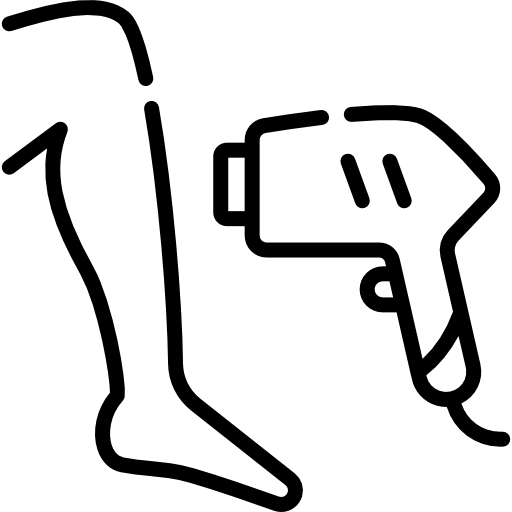
Class 4 Laser + Shockwave

Motor Vehicle
Accident Claims

Private
Rooms

Evidence Informed Therapies
Our Injection Therapy Expert
No posts found!
Reviews
FAQs on Injection Therapy
Prolotherapy works by stimulating the body’s natural healing response. When a solution is injected into an injured or damaged area, it triggers inflammation and stimulates the production of new tissue. This new tissue helps to strengthen and stabilize the affected area, reducing pain and improving function.
Prolotherapy can be mildly uncomfortable, as it involves the injection of a solution into the affected area. However, most patients report that the discomfort is tolerable and short-lived.
The length of time it takes to see results from prolotherapy can vary depending on the individual and the condition being treated. Some patients may experience immediate pain relief, while others may require several treatments over a period of weeks or months to achieve the desired results.
Depending on the condition and degree of injury, injections are typically performed every 1-2 weeks for an average of 4-6 treatments.
Prolotherapy is generally considered safe, but like any medical procedure, it does carry some risks. The most common side effects include temporary pain, swelling, and stiffness at the injection site. In rare cases, more serious side effects, such as nerve damage or infection, may occur.
Prolotherapy may be covered by some insurance plans, but coverage varies widely depending on the insurance company and the specific plan. It is important to check with your insurance provider before undergoing prolotherapy to determine whether it is covered and what your out-of-pocket costs may be.

